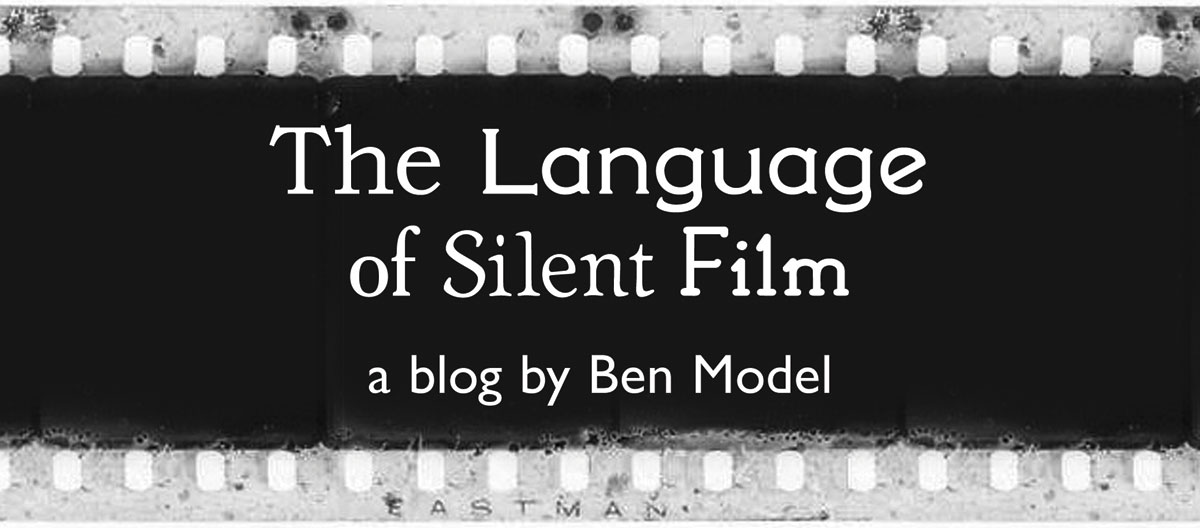I’m not sure exactly how this happens, but the pauses the performers insert so that “one thing and one thing only must be done at a time”, as Sills describes…disappear. A magician will practice a move or moves over and over until certain tiny bits of them disappear and give the illusion of a single continuous movement. Otherwise you’d see where that coin went.
Ironically it’s the very principal upon which moving pictures are based. The pictures don’t actually move, but through the persistence of vision our brain combines the separate images together so the pictures appear to be moving. The magician’s sleight-of-hand techniques work the same way. The little pauses that give definition to bits of movement, separating them, disappear in the speed-up of Silent Film.
Those pauses were part of what the performers in silent movies had baked into their muscle memory from days, weeks, months, years of touring and performing in theaters and circus tents. They’d put in tens of the proverbial 10,000 hours making sure their movements read and were clear to everyone seated in the orchestra, mezzanine and in the nosebleed seats in bird heaven.
Was this part of Maurice Costello’s “slow motion acting”? It may have been, or he or his many co-horts may have reverted to this physicality out of habit. Remember my clown friend who said that the take that looked like a Silent Film felt to him the way it did when performing in a huge theater? It may have just naturally happened as actors and physical comedians saw or heard about what Costello – and, gradually, everyone else at Vitagraph – were doing.
We’ll never know for sure. But what we do know is that there is a certain “look” that Silent Film performance has, from the early 1910s on, that you don’t see when most people try making a silent film. It’s those pauses, separating small beats of physical movement. And the same for reactions and facial expressions. The performer were still real, in the moment, but the thoughts or pieces of them are very slightly broken up.
It’s kind of like the way it is that your fingers don’t bend in a curved arc. They’re segmented, but you’re still able to use your index finger to tell someone “come here”.
The other kind of pause I’ve noticed that’s used for definition is one that also accommodates the speed-up. And that’s one of repetition. Usually when someone is pointing to something. The pointing is done two or three times. Only once, and it’ll blur by at a 30-50% fps increase.
One thing I’ve enjoyed noticing in watching early talkies on TCM is that you can tell who’d been in silents only a couple years before the transition, and who the people are who’ve been moving a certain way for ten to fifteen years. Because they’re still moving that way.
The first post in this series is here.
The previous post (#51) to this one is here.
The next post (#53) is here.
